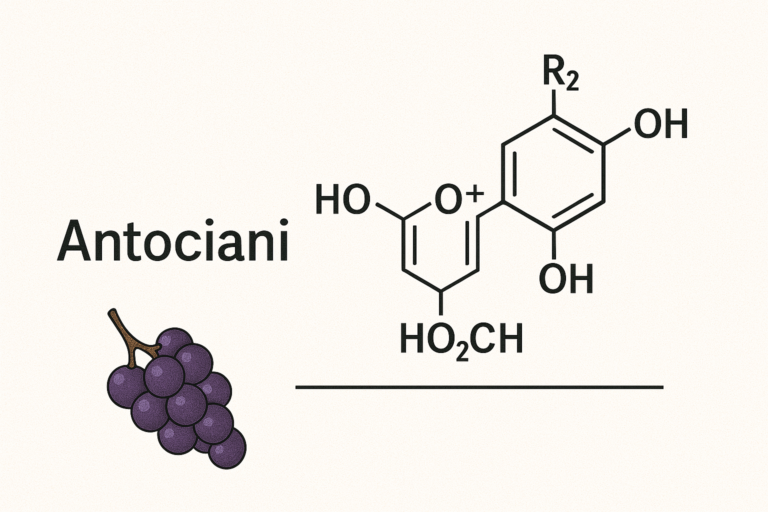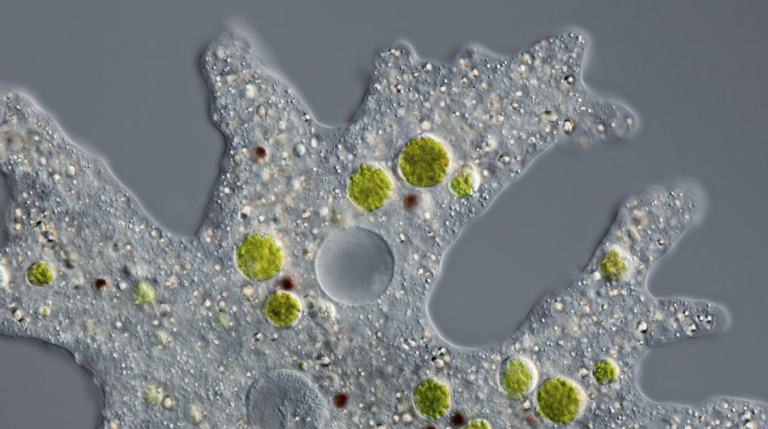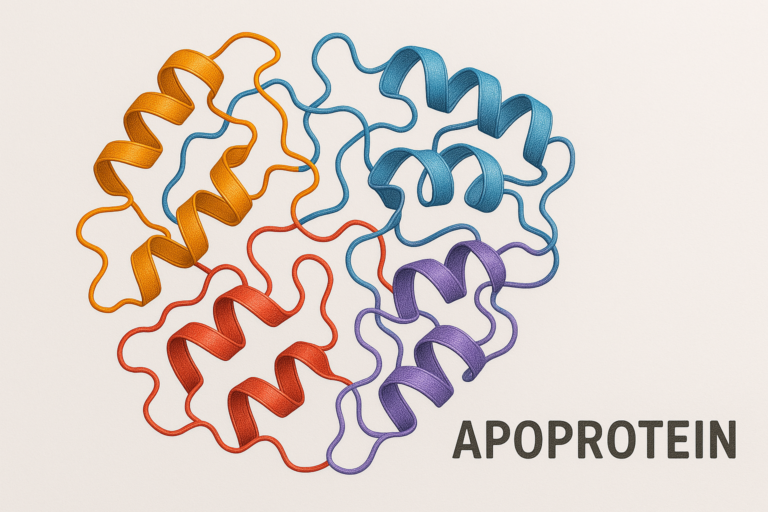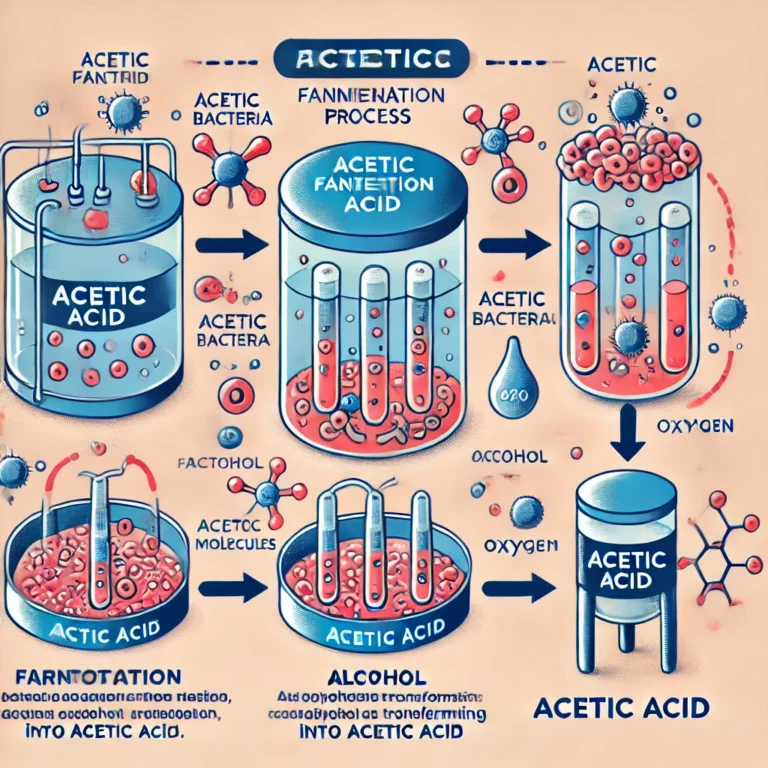Introduction
Anabolism, a fundamental biological process, forms the basis of life on Earth. It is a part of metabolism, the sum total of all chemical reactions occurring within the cells of living organisms. While the other half of metabolism, catabolism, is responsible for breaking down complex substances to release energy, anabolism focuses on the construction of cellular components from simpler substances, consuming energy in the process.
Understanding Anabolism
Anabolism involves the synthesis of complex molecules from simpler ones, an energy-requiring process that forms cellular components like proteins, carbohydrates, and lipids. This process is crucial for growth and maintenance of body tissues, repair of damaged tissues, and the production of energy reserves for future use [1].
At the cellular level, anabolic processes build organelles, cell membranes, and even entire cells. At a higher level, they contribute to the growth of tissues, organs, and the organism itself. Anabolism also plays a vital role in the storage of energy for future use and the creation of DNA and RNA for cell division and reproduction [2].
Anabolic Pathways
Anabolic pathways are sequences of enzyme-catalyzed reactions that lead to the synthesis of complex molecules from simpler ones. Some of the significant anabolic pathways include protein synthesis, photosynthesis, and lipid synthesis.
Protein Synthesis
Protein synthesis is a core anabolic pathway that constructs proteins from amino acids. This process occurs in two main stages: transcription, where the genetic information in DNA is copied into RNA, and translation, where the RNA code is used to assemble amino acids into a polypeptide chain [3].
Photosynthesis
Photosynthesis is an anabolic process in plants that synthesizes glucose from carbon dioxide and water, using light as an energy source. This process not only provides energy for the plant but also produces oxygen as a by-product, which is essential for life on Earth [4].
Lipid Synthesis
Lipid synthesis involves the construction of fats and lipids, essential components of cell membranes. This process usually involves the joining of glycerol with fatty acids to form triglycerides, which are the primary storage form of energy in animals [5].
The Role of ATP in Anabolism
Adenosine triphosphate (ATP) plays a pivotal role in anabolism, serving as the primary energy source for many metabolic processes. In anabolic reactions, energy is consumed to construct complex molecules from simple precursors. This energy is provided by the hydrolysis of ATP, which releases energy stored in its high-energy phosphate bonds [6].
Anabolism and Human Health
Anabolic processes are vital for human health. They enable growth and repair, contribute to the immune response, and maintain cellular structures. Disorders of anabolism can lead to various health problems. For example, deficiencies in protein synthesis can lead to muscle wasting and immune dysfunction, while disruptions in lipid synthesis can contribute to metabolic diseases like obesity and diabetes [7].
Conclusion
Anabolism, along with its counterpart catabolism, forms the basis of metabolism. This essential biological process plays a crucial role in growth, reproduction, and maintenance of life. By understanding the intricate processes of anabolism, researchers can develop strategies to address a wide range of health conditions, from metabolic disorders to age-related decline.
Sources
[1]: Lehninger Principles of Biochemistry
[2]: Cell – The process of differentiation
[3]: Protein Synthesis
[4]: Photosynthesis
[5]: Lipid Synthesis
[6]: The ATP Molecule
[7]: Metabolic Diseases







